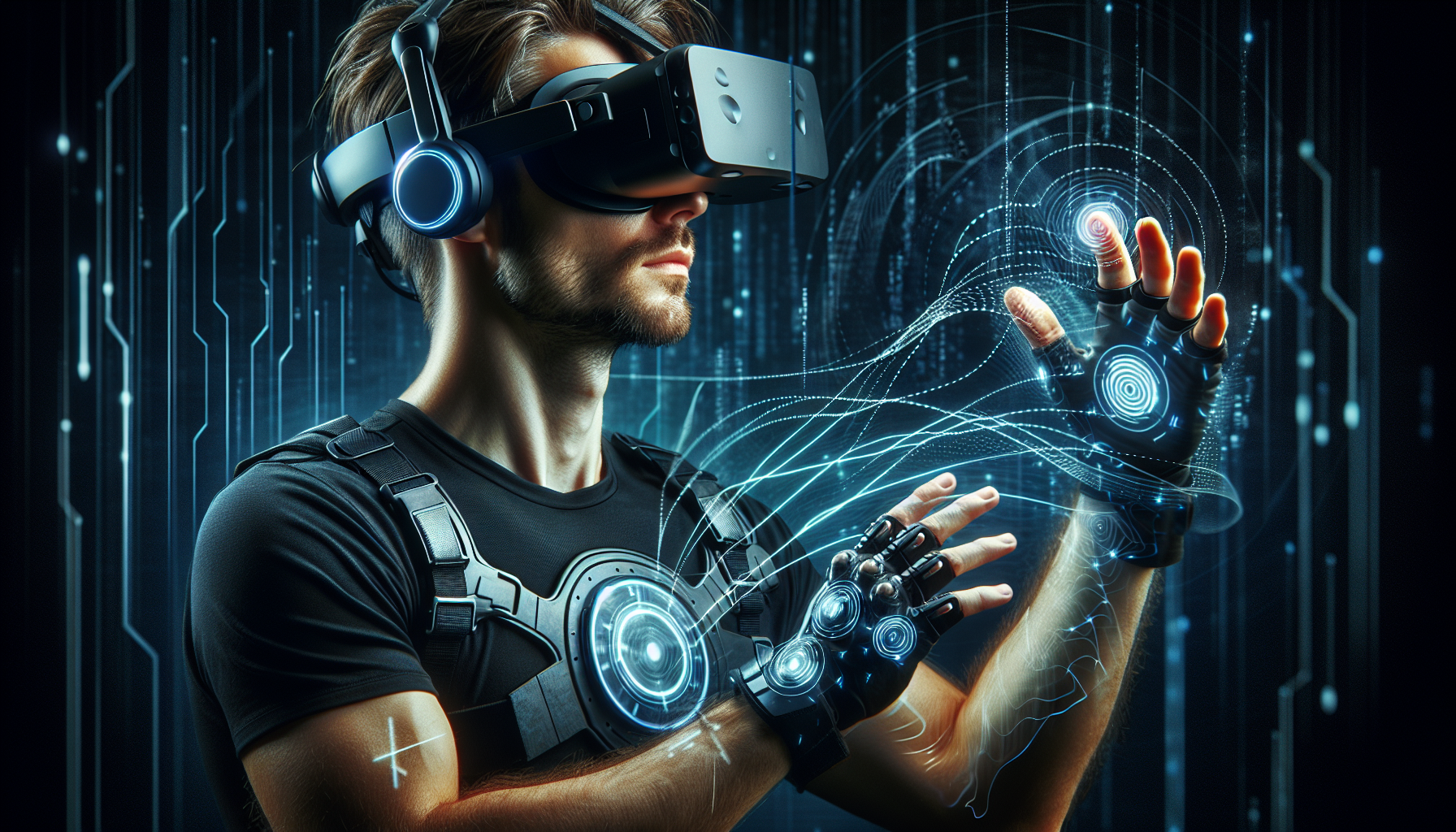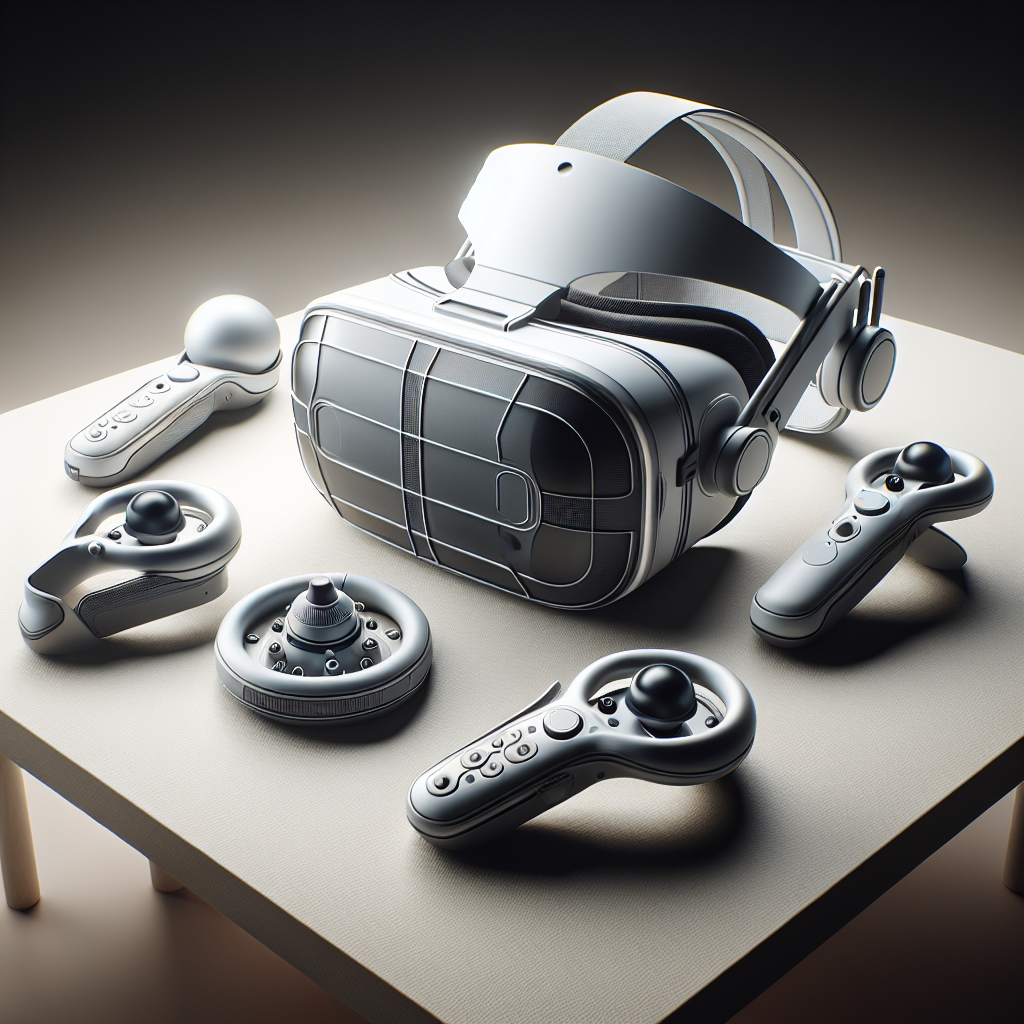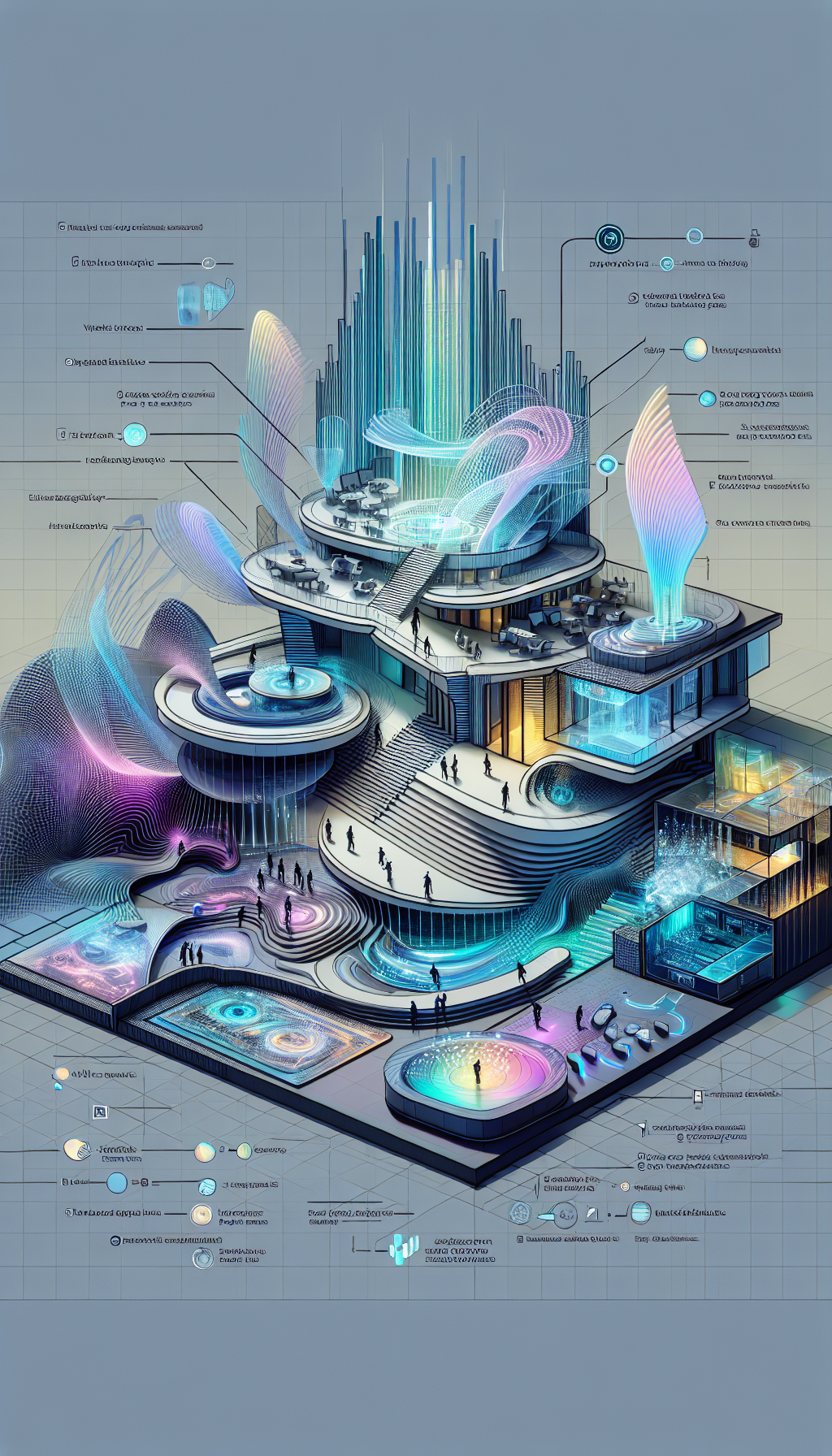In an era where digital experiences are increasingly mirroring the complexities of the physical world, the role of sensory feedback in virtual reality (VR) environments has become a pivotal aspect of how we interact, learn, and engage with virtual spaces. Sensory feedback, or the response to stimuli that we perceive through our senses, enhances our understanding and enjoyment of VR, making it a crucial component for creating immersive and believable virtual experiences.
Understanding Sensory Feedback in VR
Sensory feedback in VR refers to the way virtual environments respond to a user’s actions or presence, providing output that can be felt, seen, or heard. This feedback is vital in creating a sense of presence, the feeling of being ‘there’ within the virtual environment, which is essential for a compelling VR experience.
One fundamental aspect of sensory feedback is haptic technology, which allows users to ‘feel’ the virtual world through vibrations, resistance, and other physical sensations. This form of feedback is particularly important in VR applications that require a high level of interaction, such as simulations for medical training or complex machinery operation.
Learn more about the importance of sensory health for overall well-being.
The Cognitive Benefits of Multisensory VR Experiences
Research has shown that multisensory experiences can significantly enhance cognitive processing. In a VR setting, this means that when visual and auditory stimuli are complemented by tactile feedback, users can have better memory retention, improved spatial awareness, and a richer learning environment. These benefits are not only crucial for educational and training purposes but also play a significant role in therapies for conditions such as dementia, as highlighted in the article on Cognitive Benefits of Multisensory Environments in Dementia Care.
Sensory Processing and Nutrition in VR Contexts
While the link between sensory processing and nutrition might seem distant from VR, it’s important to understand that the body’s ability to process sensory information can affect how we experience virtual environments. Optimal sensory processing requires adequate nutritional support for brain health, which can influence our perception, attention, and ability to interact with VR. Providing the body with the right nutrients ensures that sensory feedback in VR is interpreted accurately by the brain, leading to a more effective and enjoyable experience.
Tools for Enhancing Sensory Feedback in VR
Innovative tools have been developed to enhance sensory feedback in VR, especially catering to individuals with sensory processing challenges such as attention deficit disorders. These Innovative Sensory Tools for Attention Deficit Disorders facilitate focus and engagement by providing modified sensory feedback that aligns with the user’s sensory preferences and needs, enabling a more inclusive VR experience.
External Resources Supporting Sensory Feedback in VR
To further understand the significance of sensory feedback in VR, several niche resources provide in-depth insights:
- A study on the effects of haptic feedback on spatial learning in VR, hosted by the National Library of Medicine, emphasizes the importance of tactile cues in navigation and memory formation (National Library of Medicine – Spatial Learning in VR).
- The International Journal of Human-Computer Studies published a paper on the role of auditory feedback in VR, which details how sound can enhance the perception of space and action within a virtual environment (International Journal of Human-Computer Studies – Auditory Feedback in VR).
- A resource from the IEEE Xplore Digital Library discusses advances in VR technology, including sensory feedback systems, which are redefining user interactions in virtual spaces (IEEE Xplore – Advances in VR Technology).
The Role of Language and Sensory Experiences in VR
Language acquisition and sensory experiences are closely related, as sensory feedback can significantly enhance the learning of new languages by providing context and tangible experiences. The Role of Sensory Experiences in Language Acquisition article delves into how sensory-rich environments support linguistic development, a concept that can be extended into the realm of VR to facilitate more effective language learning.
Best Practices in VR Design for Sensory Engagement
Designing sensory gardens for schools offers insights into creating environments that stimulate the senses in a balanced and harmonious way. These principles can be translated into Best Practices in Designing Sensory Gardens for Schools and can similarly guide the development of VR spaces that cater to various sensory preferences, ensuring a more accessible and enjoyable experience for all users.
Conclusion
The importance of sensory feedback in virtual reality environments cannot be overstated. It is the bridge between the digital and physical worlds, enhancing the immersive quality of VR and making it an effective tool for education, training, therapy, and entertainment. By leveraging multisensory feedback, VR developers can create experiences that are not only engaging but also supportive of cognitive and sensory health.
As VR technology continues to evolve, the focus on sensory feedback will likely grow, leading to more sophisticated and nuanced VR experiences. By understanding and applying the principles of sensory engagement, VR creators can ensure that virtual environments are enriching, inclusive, and beneficial for users from all walks of life.



